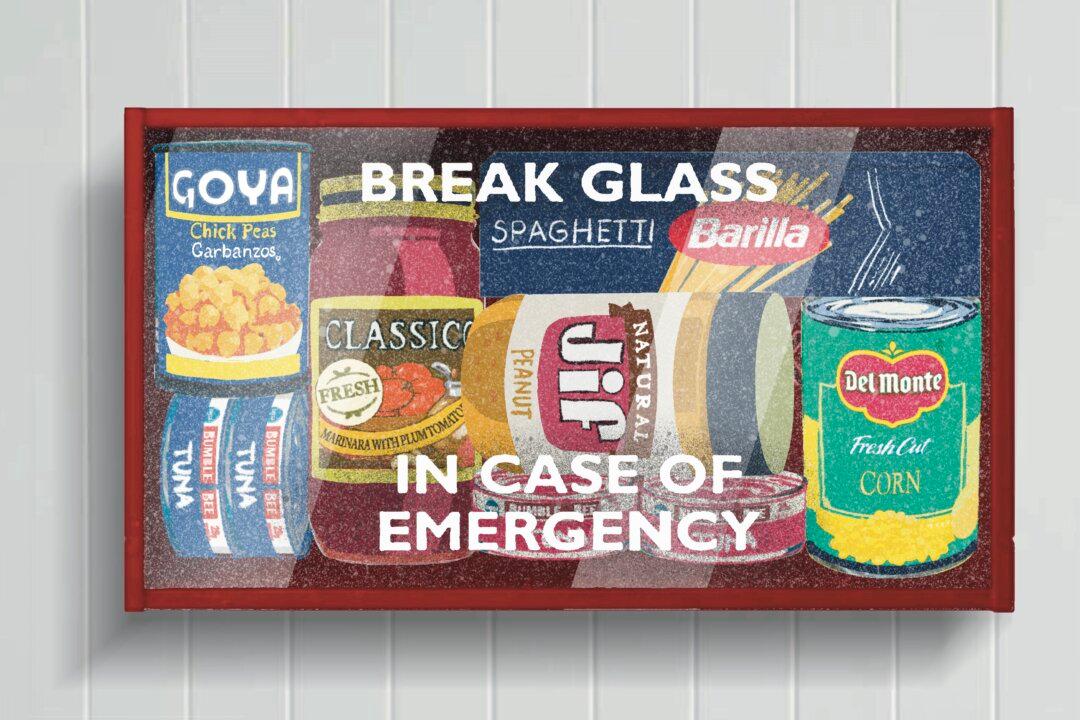Traditional emergency food storage advice usually centers around amassing buckets of wheat, white rice, and canned food. In a pinch, you could survive on basics such as these, but the lack of essential nutrients can have devastating results over time.
In everyday life, we typically get all the nutrients our bodies need. As a result, it’s rare to hear of a case of disease caused by a nutrition deficiency.





